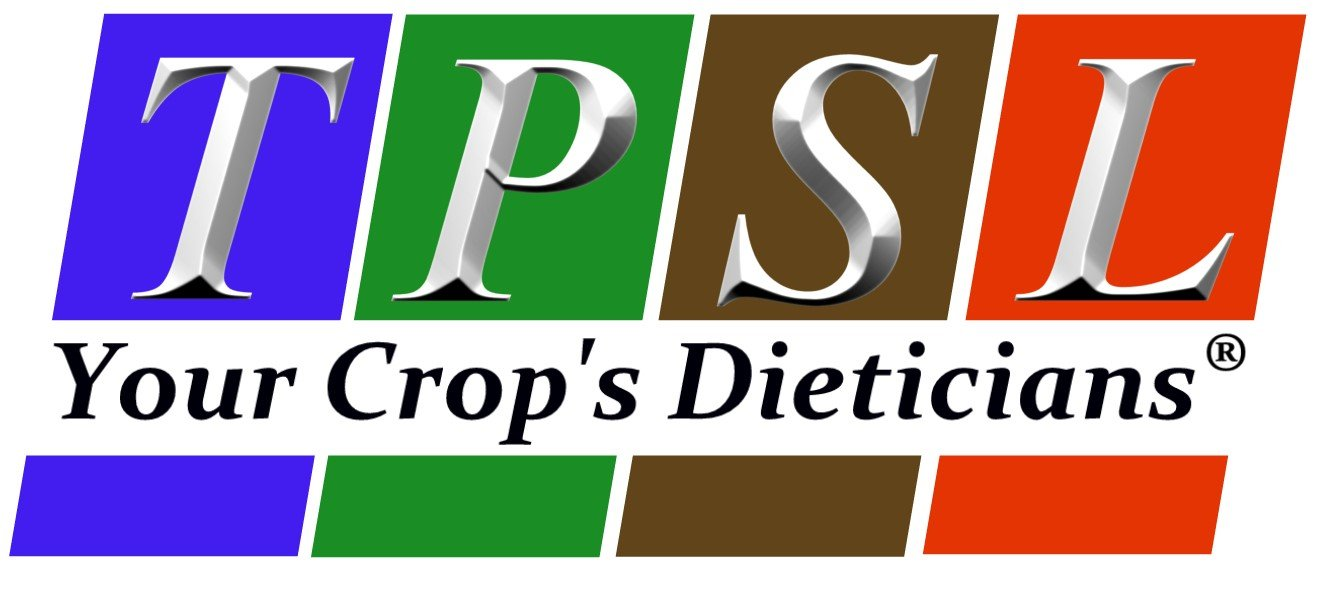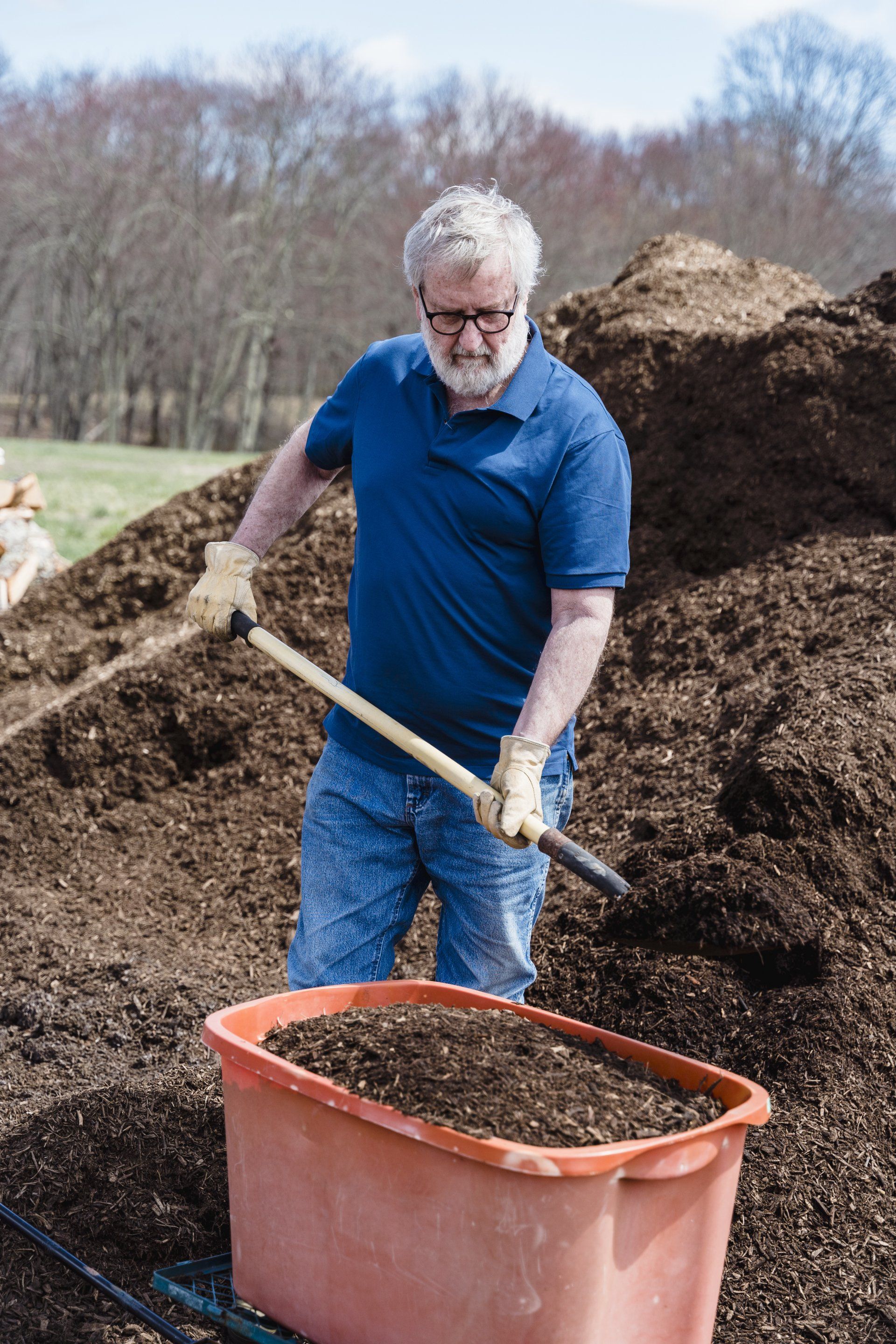How to Choose the Right Fertilizer Based on Your Soil Test
And Stop Wasting Money on Products That Don’t Work

Have you ever received a soil test report and thought, "What am I supposed to do with this?" You’re not alone. Whether you're a seasoned commercial grower or a hobby gardener cultivating a backyard oasis, it's common to feel overwhelmed by the numbers and chemical abbreviations scattered across the page. The most frequent question we get at TPS Lab is: How do I actually choose a fertilizer based on these results?
Soil testing is an essential first step in improving your soil health and boosting yields. But the value of a soil test isn’t in the numbers alone—it’s in knowing what to do next. This blog will walk you through how to interpret your test results and turn them into smart fertilizer decisions. We'll bridge the gap between lab data and boots-on-the-ground action.
Understanding What the Soil Test Tells You
Most soil test reports provide nutrient recommendations in pounds per acre or per 1,000 square feet. You might see values like:
- Apply 60 lbs Nitrogen (N)
- Apply 40 lbs Phosphate (P2O5)
- Apply 20 lbs Potash (K2O)
These numbers don’t refer to a specific product. They tell you how much of each nutrient your soil needs to grow healthy crops, trees, turf, or vegetables. It’s like getting a blood test that tells you your iron is low. The next step is choosing the right supplement to correct that deficiency.
Fertilizers, however, are labeled in percentages—not pounds. For example, a 10-10-10 fertilizer contains 10% of each nutrient by weight. So how do you go from your soil test recommendation to figuring out how much of that 10-10-10 bag to apply?
The Conversion Challenge
Let’s say your test calls for 60 lbs of nitrogen per acre. If you're using a 10-10-10 fertilizer, you'd need to apply 600 lbs per acre to meet just the nitrogen recommendation. But doing so would also apply 60 lbs of phosphate and 60 lbs of potash—potentially more than your soil needs, leading to waste or even plant damage.
This is where many growers go wrong. They find a bag of fertilizer with an NPK label that seems close enough and apply it across the board. Unfortunately, that approach can result in underfeeding one nutrient, overfeeding another, or throwing off the delicate balance of your soil biology.
A one-size-fits-all fertilizer often fits no one well. Soil test recommendations are only effective when paired with the right product selection.
Calculating the Right Fertilizer Amount
Here’s how you can do the math:
- Take the nutrient recommendation (e.g., 60 lbs of N per acre).
- Divide by the percentage of the nutrient in your fertilizer (e.g., 10% for a 10-10-10 product = 0.10).
- That gives you the total pounds of product you’d need to apply per acre.
In this case: 60 ÷ 0.10 = 600 lbs of product per acre.
As you can see, this can quickly lead to overapplication of phosphorus and potassium when you're only trying to meet a nitrogen need. That’s why many growers opt for blending multiple fertilizers or using targeted products that focus on a single nutrient.
If your soil needs nitrogen but is already sufficient in phosphorus and potassium, applying a complete NPK blend wastes money and can even harm microbial life. Conversely, if you need more phosphorus and potassium but your nitrogen is high, the wrong product can push your plants into excessive vegetative growth at the expense of fruit or flower development.
Area Matters: Acre vs. Square Feet
Another common stumbling block is unit conversion. If you're a farmer working in acres, the math may be more straightforward. But for gardeners, landscapers, and greenhouse growers working in square feet, the numbers can get confusing fast.
Most garden fertilizers provide application rates in pounds per 1,000 square feet. If your soil test gives recommendations in lbs/acre, you’ll need to convert: 1 acre = 43,560 square feet
So, if your soil test calls for 60 lbs N per acre, that equates to roughly 1.4 lbs N per 1,000 sq ft. This is especially important when purchasing bagged fertilizers intended for lawns or garden beds.
Using the wrong scale can easily lead to burning plants with excessive nutrients or applying too little to make a difference.
Custom Fertilizer Blending: The Smarter Option
At TPS Lab, we don’t just tell you what nutrients are missing. We help you formulate the exact product or combination of products to meet your needs. Sometimes that means using separate fertilizers for N, P, and K. Other times, it means creating a custom blend that matches your field or bed's unique nutrient profile.
For example, if your test shows:
- 60 lbs N
- 20 lbs P2O5
- 80 lbs K2O
We might recommend a high-nitrogen biostimulant like Nitro P9 to meet your N, a small amount of a P-rich fertilizer, and a potassium sulfate product to round things out. That way, you hit your target without excess.
Not only does this approach save money, but it also reduces nutrient runoff and environmental impact. Your plants get exactly what they need—no more, no less.
Biostimulants: The Secret Weapon
Biostimulants like our Nitro P9 and CSL+ can dramatically improve nutrient use efficiency. Because they deliver nutrients in a highly available form, you often need less total input to achieve the same (or better) results. These products can also reduce plant stress, improve water use, and support beneficial microbial activity.
Many of our commercial clients now combine soil test-based nutrient plans with biostimulants to reduce reliance on conventional fertilizers while boosting yield and quality. Gardeners are also catching on, especially when dealing with poor soil structure or heavy clay.
What Happens If You Ignore the Test?
Skipping the soil test or misreading the results can lead to several issues:
- Wasted money on fertilizer your soil doesn’t need
- Poor plant growth or nutrient deficiencies
- Salt buildup and pH imbalance
- Reduced microbial activity
Over time, this can cause your soil to become harder to manage and less productive. The best way to avoid this is to start with the data and follow through with a plan tailored to it.
Final Thoughts
Your soil test isn’t a riddle. It’s a roadmap. But like any map, it only helps if you know how to read it and apply what it tells you.
Fertilizer decisions should be based on real data, not guesswork. Whether you’re growing 1,000 acres of corn or a backyard of heirloom tomatoes, knowing what your soil needs and matching it to the right product is the key to sustainable success.
At TPS Lab, we help take the guesswork out. Our experts are available for consultations, and we can even create custom product plans based on your unique needs.
Let your soil test work for you. Stop wasting money on "almost right" fertilizers, and start giving your soil what it truly needs to thrive.
Ready to turn your soil report into a real fertility plan? Contact TPS Lab today and get the expert guidance your soil deserves.



